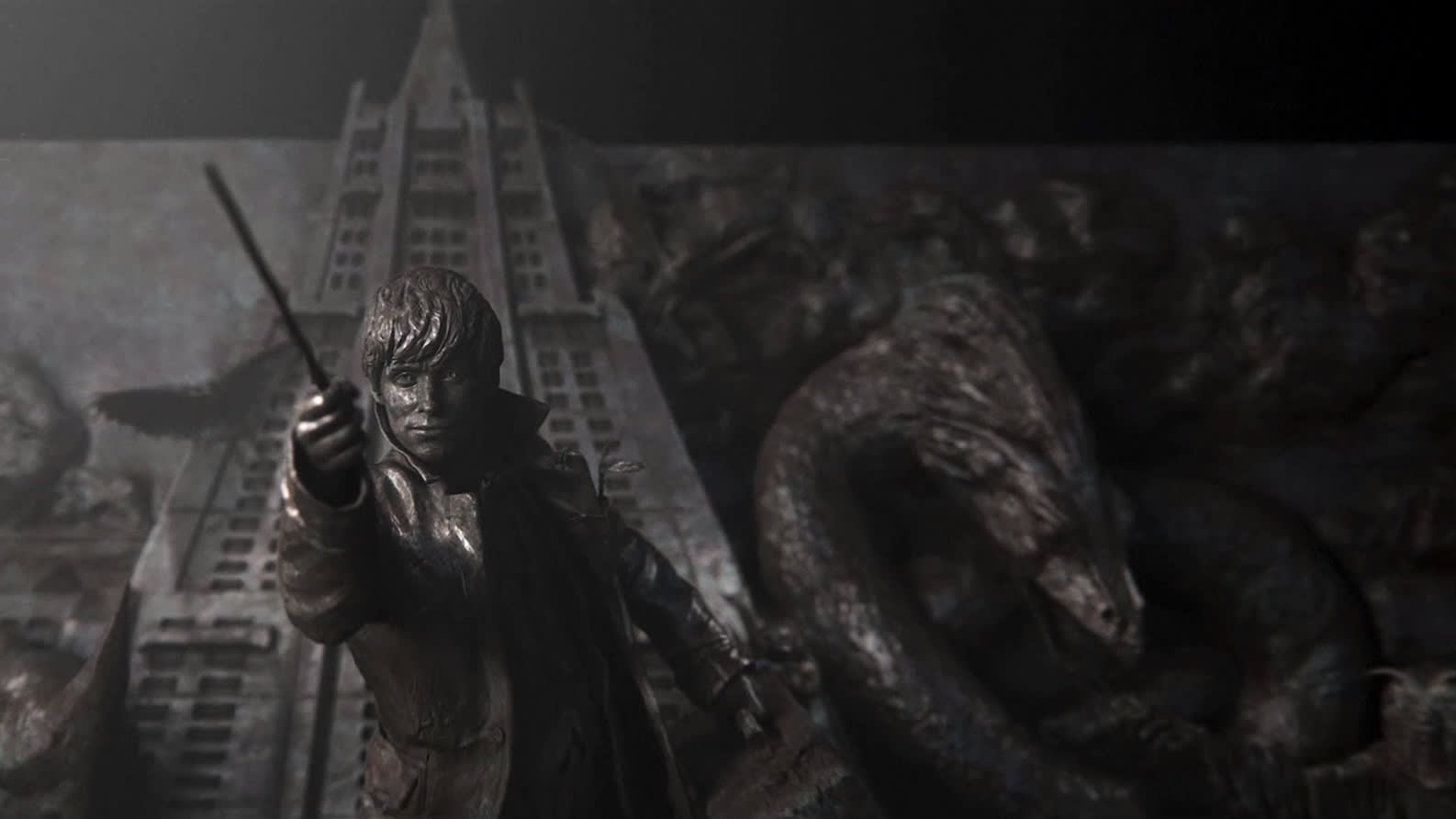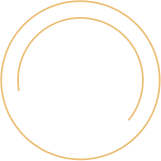Origins
The Magical Congress of the United States of America, known to American witches and wizards by the abbreviation MACUSA (commonly pronounced as: Mah – cooz – ah) was created in 1693, following the introduction of the International Statute of Wizarding Secrecy. Wizards worldwide had reached a tipping point, suspecting that they could lead freer and happier lives if they built an underground community that offered its own support and had its own structures. This feeling was particularly strong in America, due to the recent Salem Witch Trials.
MACUSA was modeled on the Wizards’ Council of Great Britain, which predated the Ministry of Magic. Representatives from magical communities all over North America were elected to MACUSA to create laws that both policed and protected American wizardkind.
MACUSA’s primary aim was to rid the continent of Scourers, corrupt wizards who had hunted their fellow magical beings for personal gain. MACUSA’s second great law enforcement challenge was the number of wizarding criminals who had fled to America from Europe and beyond, precisely because of the lack of organised law enforcement such as existed in their own countries.
The first President of MACUSA was Josiah Jackson, a warlike wizard who was voted into post by his fellow representatives because he was considered tough enough to deal with the difficulties of the post-Salem Witch Trials era.
In these first years, MACUSA had no fixed meeting place. Meetings were held in different locations to avoid No-Maj detection.
Law Enforcement
President Jackson’s immediate priority was to recruit and train Aurors. The names of the first dozen volunteers to train as Aurors in the US have a special place in United States’ wizarding history. There were so few of them, and the challenges they faced so great, that they knew they might be required to lay down their lives when they took the job. The descendants of these witches and wizards have been given particular respect in the US ever since. The original twelve were:
Wilhelm Fischer
Theodard Fontaine
Gondulphus Graves
Robert Grimsditch
Mary Jauncey
Carlos Lopez
Mungo MacDuff
Cormac O’Brien
Abraham Potter
Berthilde Roche
Helmut Weiss
Charity Wilkinson
Of these twelve, only two survived into old age: Charity Wilkinson, who would become MACUSA’s third President, and Theodard Fontaine, whose direct descendant Agilbert is the present day Headmaster of Ilvermorny School of Witchcraft and Wizardry. Also of note are Gondulphus Graves, whose family remains influential in American wizarding politics, and Abraham Potter, whose distant relationship to the famous Harry Potter would be uncovered by eager genealogists centuries later.
Challenges
America remained one of the most hostile environments for magical people, mainly because of Scourer descendants who had vanished permanently into the No-Maj community and who kept suspicion of magic alive. Unlike most Western countries, there was no cooperation between the No-Maj government and MACUSA.
Initially, an enchanted edifice was created in the Appalachian Mountains as MACUSA headquarters, but over time this became an inconveniently remote location, especially as wizards, like No-Majs, were increasingly congregating in cities.
In 1760, MACUSA relocated to Williamsburg, Virginia, home of the flamboyant President Thornton Harkaway. Among many other interests, President Harkaway is credited with breeding Crups – dogs that closely resemble Jack Russells, apart from the forked tail. The Crup’s devotion to wizards is only surpassed by its aggression towards non-magical people. Unfortunately, President Harkaway’s pack savaged several local No-Majs, who afterwards were only able to bark for a period of 48 hours. This breach of the Statute of Secrecy led to Harkaway leaving office in disgrace. (It might not be coincidence that Williamsburg was the first city in the US to have a dedicated psychiatric hospital. Sightings of odd happenings around President Harkaway’s residence might account for the admission of No-Majs who were, in fact, perfectly sane.)
MACUSA relocated to Baltimore, where President Able Fleming had his home, but the outbreak of the Revolutionary War, followed by the arrival of the No-Maj Congress in the city, made MACUSA understandably nervous and they departed for what is now known as Washington.
It was there that President Elizabeth McGilliguddy presided over the infamous ‘Country or Kind?’ debate of 1777. Thousands of witches and wizards from all over America descended upon MACUSA to attend this extraordinary meeting, for which the Great Meeting Chamber had to be magically enlarged. The issue for discussion was: did the magical community owe their highest allegiance to the country in which they had made their homes, or to the global underground wizarding community? Were they morally obliged to join American No-Majs in their fight for liberation from the British Muggles? Or was this, simply put, not their fight?
The arguments for and against intervention were protracted and the fight became vicious. Pro-interventionists argued that they might be able to save lives; anti-interventionists that wizards risked their own security by revealing themselves in battle. Messengers were sent to the Ministry of Magic in London to ask whether they intended to fight. A four-word message returned: ‘Sitting this one out.’ McGilliguddy’s famous response was even shorter: ‘Mind you do.’ While officially the American witches and wizards did not engage in battle, unofficially there were many instances of intervention to protect No-Maj neighbours and the wizarding community celebrated Independence Day along with the rest of American society – although not necessarily alongside them.
One of the most significant American magical laws was created in 1790, when MACUSA approved an edict to enforce total segregation of the wizarding and No-Maj communities. Rappaport’s Law, named after then-President Emily Rappaport, was created as a result of one of the worst breaches of the International Statute of Secrecy ever known, a breach in which the daughter of Rappaport’s Keeper of Treasure and Dragots and a Scourer descendant almost exposed the existence of magic worldwide. With the passing of Rappaport’s Law, intermarriage and even friendship between wizards and No-Majs became illegal in the United States.
MACUSA’s base remained in Washington until 1892, when an unforeseen uprising of the Sasquatch population caused another security breach. Historians place the blame for the rebellion on Irene Kneedander, Head of the Body for Protection of Magical Species (Humanoid), whose interpretation of her job title had involved attacking any Sasquatch that ‘stepped out of line.’ The arrival in Washington of the Sasquatch necessitated mass Obliviations and extensive repairs to headquarters.
MACUSA needed a new refuge, and over the course of several years, wizards infiltrated the construction team of a new building in New York. By the time the Woolworth Building was completed it could both house No-Majs and – if activated by the correct spells – transform into a space for wizards. The only outer mark of the MACUSA’s new secret location was the owl carved over the entrance.
MACUSA in the 1920s
As with most other magical governing bodies, the Department of Magical Law Enforcement is the largest department in MACUSA.
Rappaport’s Law was still in operation in the 1920s and several offices in MACUSA had no counterpart in the Ministry of Magic; for example, a sub-division dealing with No-Maj Fraternisation and an office issuing and verifying wand permits, which everyone, citizen and visitor, was supposed to carry within the States.
A significant difference between the wizarding governments of the United States and the UK of this time was the penalty for serious crime. Whereas British witches and wizards were sent to Azkaban, the worst criminals in America were executed.
In the 1920s the President of MACUSA was Seraphina Picquery from Savannah. The Department of Magical Law Enforcement was headed by Percival Graves, a well-respected descendant of one of the original twelve American Aurors.



